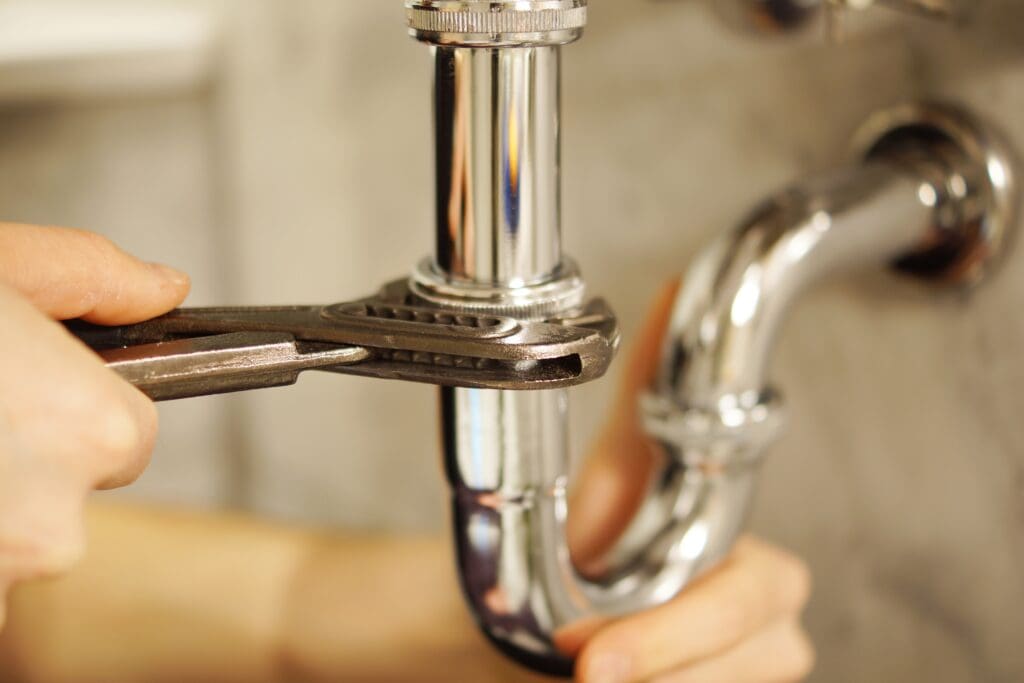When a plumbing emergency hits your home in Reno, knowing exactly what steps to take before the professional plumber arrives can minimize damage and ensure your safety. Acting quickly and calmly helps you protect your property and prepare for the plumber’s work. These actions empower you to control the situation effectively while waiting for expert assistance.
Stay Calm and Assess the Problem

The first priority is to stay calm and carefully identify the nature of the plumbing issue you are facing. Determine whether you are dealing with a burst pipe, an overflowing fixture such as a toilet or sink, or a leak that may be creeping behind walls or under floors. Understanding the problem type will guide your next actions and help you communicate clearly when you contact your plumber in Reno. Avoid panicking, as staying composed allows you to think logically and reduce potential water damage. Consider noting the exact location and visible signs of the problem to give your plumber a head start.
Taking a moment to evaluate the situation also includes checking for any immediate hazards such as electrical outlets near water or unstable flooring caused by leaks. Your assessment helps you prioritize safety and know whether you need to cut power or clear the area. Be precise and ready to share important details about what you observe, how quickly water is flowing, and any impacts on your home. This initial step strengthens your control over the emergency and prepares you for the next steps.
Communicating the problem effectively to your trusted plumber makes a big difference in response time and the service you receive. Give your exact address and a clear description of the issue so the technician can come prepared. This proactive approach is key to a smoother, faster resolution of your plumbing emergency.
Shut Off Water Supply Using the Main Valve or Fixture-Level Valves
One of the most crucial steps before your plumber arrives is to stop the flow of water to prevent further flooding or damage. Locate your home’s main water shut-off valve, which is often found near the water meter, in a basement, garage, or outside wall. Turning this valve clockwise typically stops water flow to your entire home and limits ongoing leaks or bursts. Knowing the exact location and operation of this valve in advance saves precious time during an emergency.
If the issue is limited to a single fixture, such as a leaking sink or toilet, isolate the problem by turning off the shut-off valve specific to that fixture. This approach avoids disrupting water service to other parts of your home, keeping things functional while containing the emergency. Fixture shut-off valves are typically small knobs or levers near the water supply line behind or below the affected fixture.
If you are uncertain where the valves are or how to close them, keep a list of these locations and instructions in an easy-to-access place for quick reference. Shutting off the water supply is a simple but powerful step that you can take to reduce water damage significantly and streamline the plumber’s repair process.
Contain Water and Prioritize Safety
After shutting off the water, your next move is to contain any standing water and reduce hazards in the affected area. This means gathering towels, buckets, or mops to soak up or collect leaking water before it spreads to additional rooms or delicate belongings. Position buckets and towels strategically to catch drips or flowing water and prevent it from reaching electrical outlets, carpets, or valuables.
Check whether electrical outlets or appliances are at risk of water exposure. If water has reached electrical devices or wiring, turn off the power at your circuit breaker to prevent shock or fire hazards. Keeping yourself and your family safe by managing electrical risks is just as important as controlling water flow.
Clear the area by moving furniture, rugs, and other items away from the leak or flooding zones. This protective step helps reduce further damage and creates space for the plumber to work when they arrive. Maintaining a safe, dry zone where possible is essential to protecting your home and avoiding injury during the emergency.
Tackle Minor Clogs Safely
If the issue involves a minor clog, you can attempt basic troubleshooting while you wait for professional help. Use a plunger on sinks, tubs, or toilets to try loosening blockages. This simple tool is effective and avoids exposing your plumbing to harsh chemicals that can cause pipe damage or worsen certain clogs.
For tougher, but still manageable clogs, a plumbing snake may be a safe option if you know how to use it. However, avoid using chemical drain cleaners as they can erode pipes or create hazards if the plumber needs to perform more extensive repairs. Handling minor clogs cautiously can sometimes mitigate the problem temporarily without risking further damage.
If plunging or snaking does not resolve the clog quickly, it is best to wait for your expert plumber to arrive. Avoid forcing water or applying excessive pressure, which may increase the damage or flooding. Acting prudently with minor clogs helps preserve your plumbing integrity while you await the professional’s arrival.
Prepare for Your Trusted Plumber in Reno
Each of these steps helps you take control during a plumbing emergency and minimizes property damage. After calling your trusted plumber in Reno, make sure to confirm your exact address and describe the issue clearly for a rapid response. Once repairs are done, consider scheduling a preventative inspection or installing leak-detection tools to protect your home from future emergencies. Being prepared and informed allows you to handle plumbing crises calmly and efficiently.



